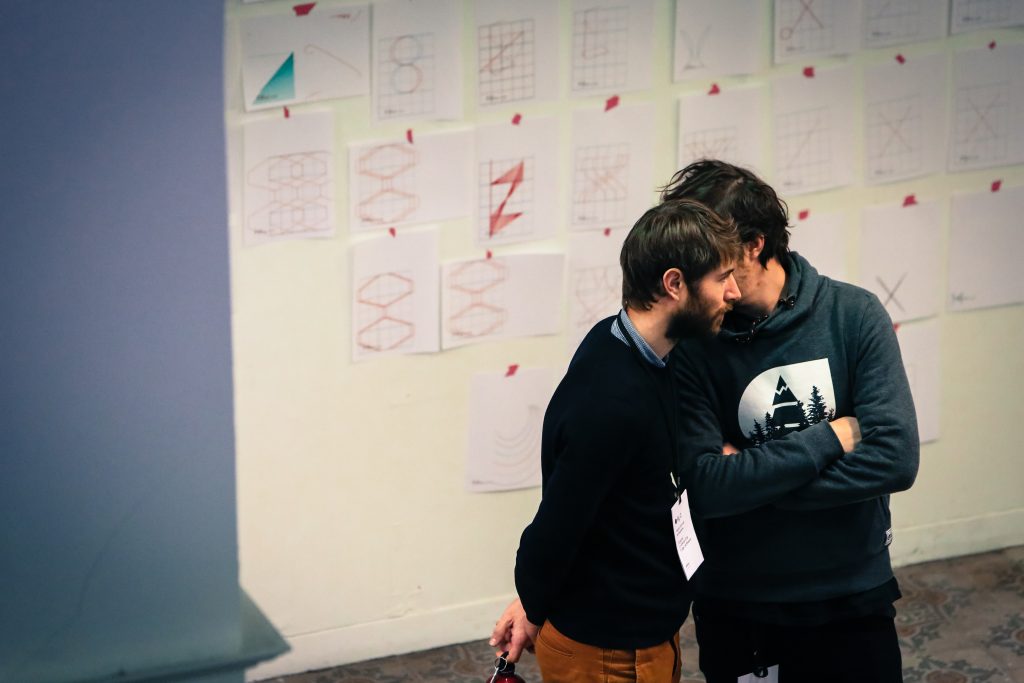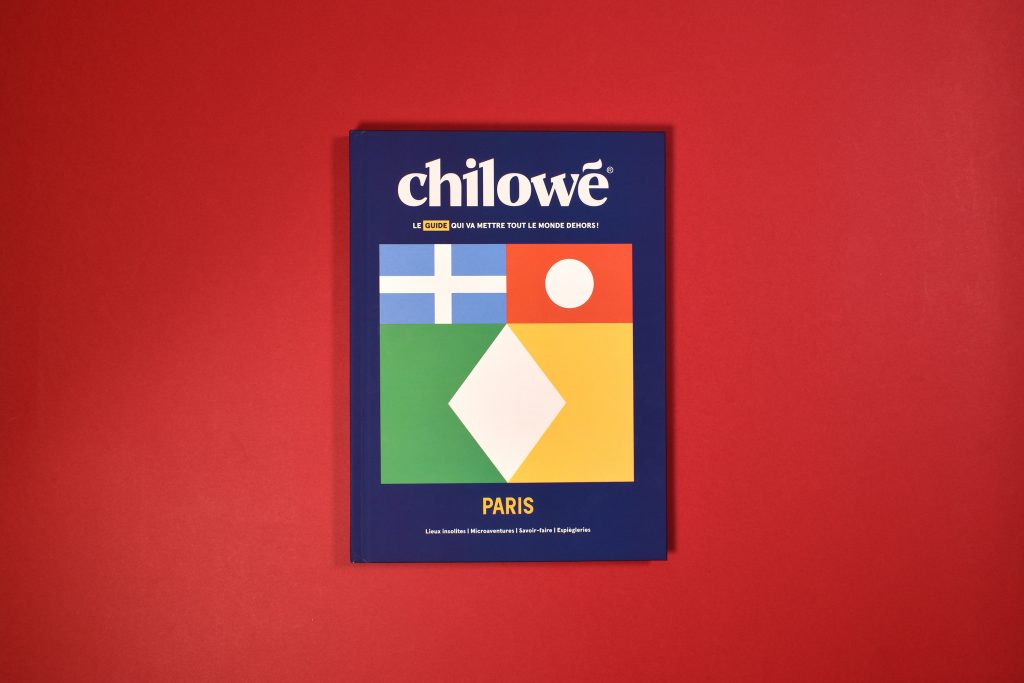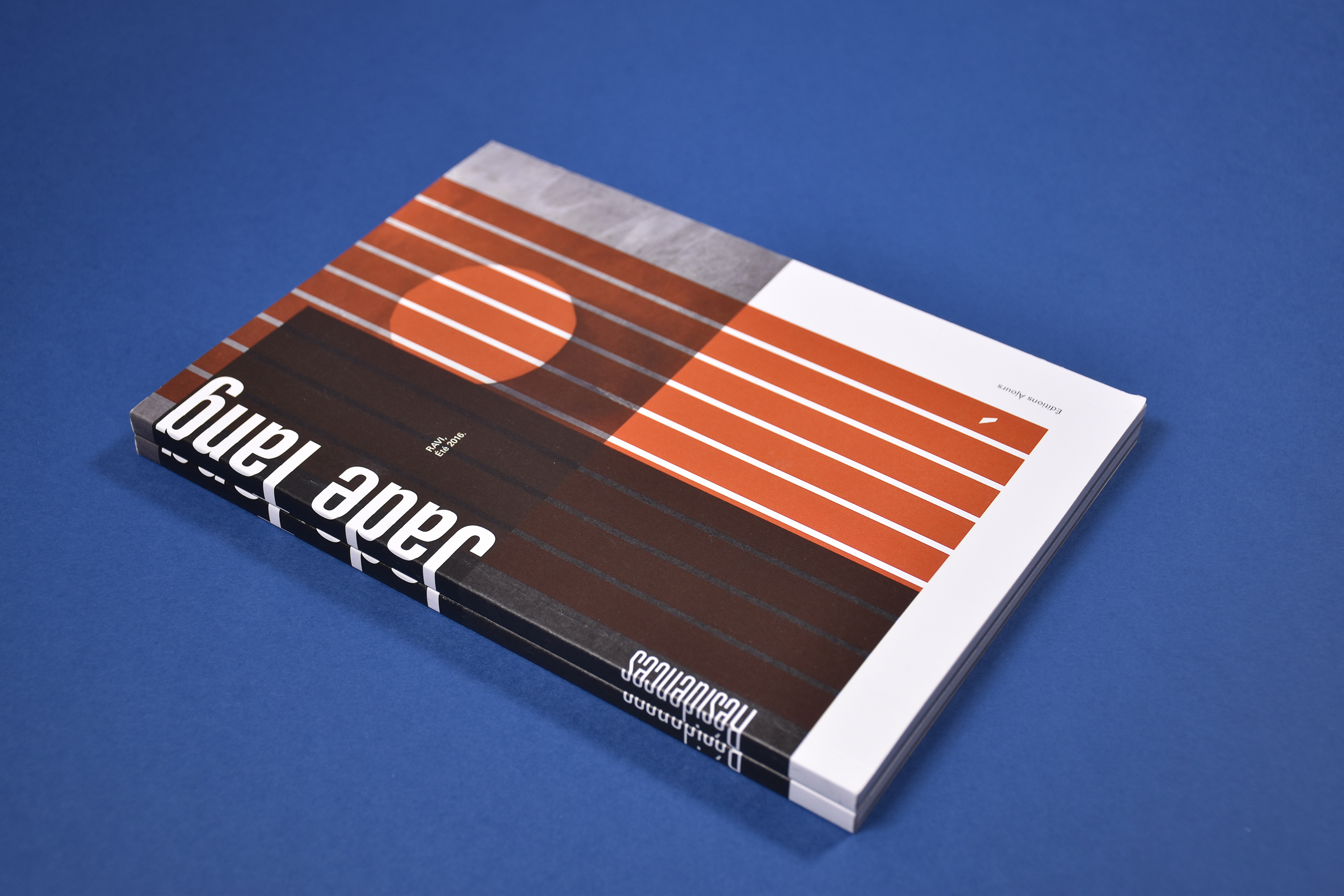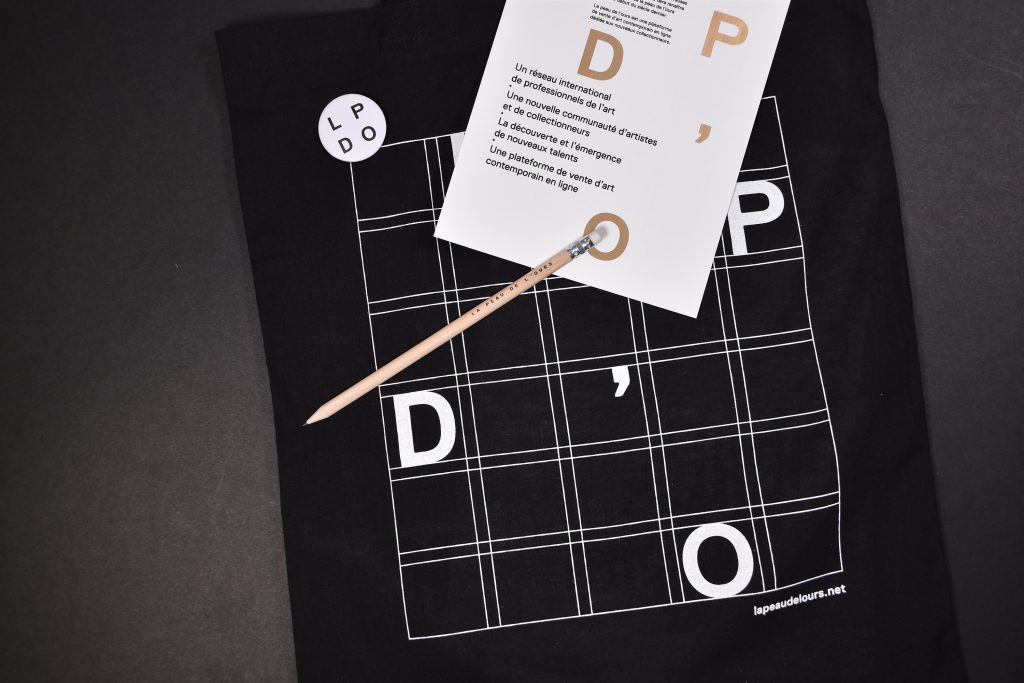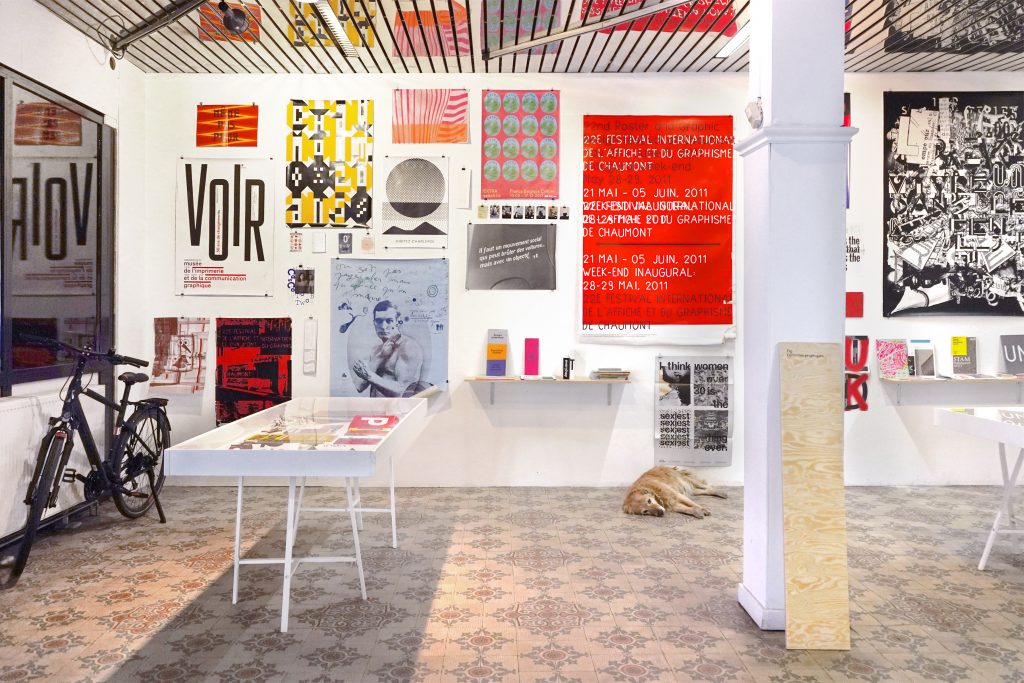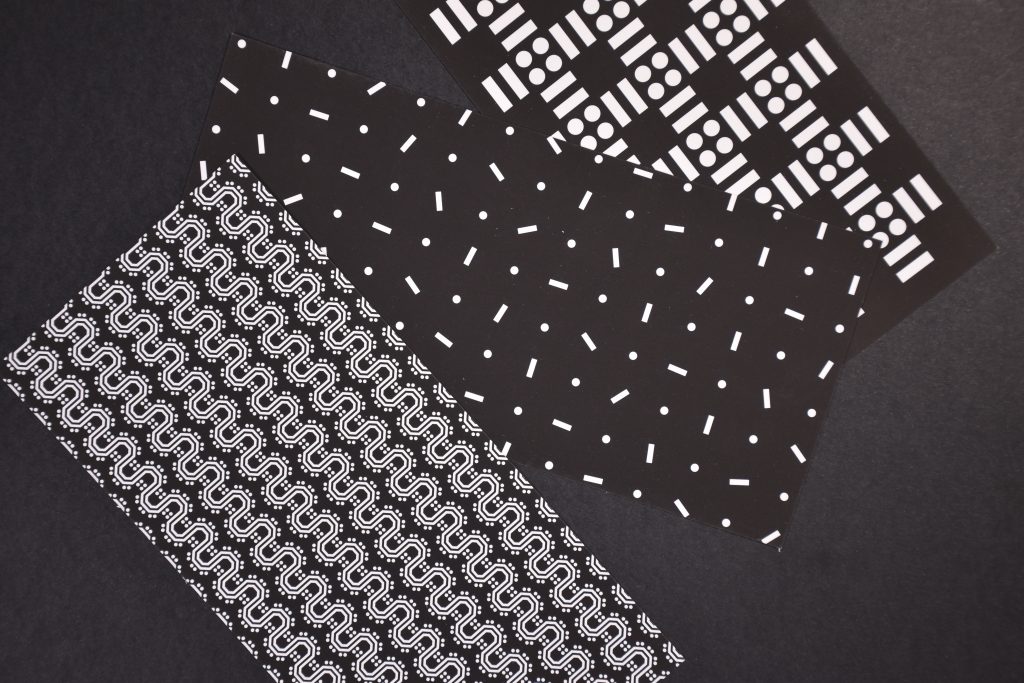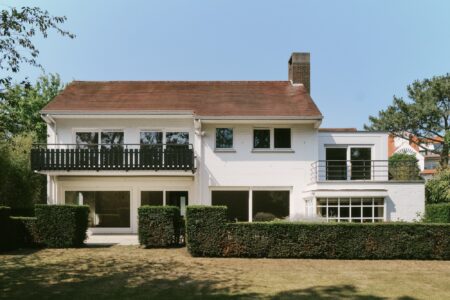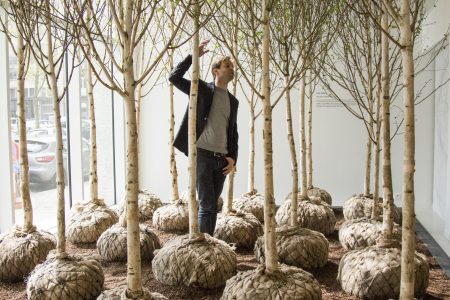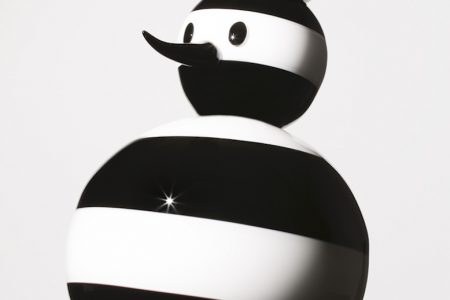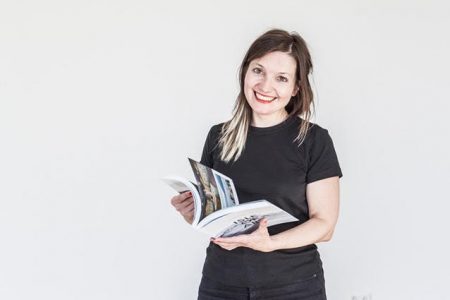Signes du Quotidien
Creators of th FIG, Festival of Graphic Design in Liege, Jeremy Joncheray and Benjamin Dupuis are also behind the studio Signes du quotidien. Marie Honnay has met the co-founder Benjamin Dupuis.
Graphic design, going against the flow
The website homepage of this graphic design studio, founded in Strasbourg and today located in the northern district of Liege, resembles a sort of digital, even video, game of skill. It’s a little wink of the eye that says a lot about the cheerful, friendly spirit of the studio, but also about its rather unorthodox way of thinking.A meeting with co-founder Benjamin Dupuis.
TLmag: Who is behind your studio?
Benjamin Dupuis: Our studio got its start in Strasbourg. When Jérémy Joncheray met his wife, who is from Liege, he decided to move there. Shortly thereafter, during our first discussion, we knew we wanted to work together. In 2015, we officially launched the studio. And we kept the name originally chosen by Jérémy, signe du quotidien.
TLmag: The name is also very emblematic of your philosophy.
B.D.:It is the result of an almost philosophical reflection. We design signs that are visible in day to day life, but that are also very much rooted in that of the people who entrust us with their projects. We want these signs to be meaningful and above all never gratuitous.
TLmag: Your clients come from such varied sectors as culture, non-profit, the crafts, industry… Is there a connection between them?
B.D.: We don’t think so, but we tend to say that we don’t work for our clients, we work with them. We are rather giving and friendly in our approach to people and projects. We also need to feel drawn to each new project we work on, whether it’s for a website, a logo or a magazine.
TLmag: Your projects go far beyond pure graphic design. You are also interested in space and the concept of service.Explain this to us.
B.D.: Our vision of graphic design is much more than an aesthetic research or a style exercise. Our reflection always starts from a single question: “What does the client need”. The choice of support, typography and colours must fit with the budgetary reality of the client, and the values they want to express. A website isn’t actually compulsory. We can suggest that a client return to a more traditional type of communication, such as invitation cards sent by post, rather than setting up a Facebook page that they won’t have the time to manage, and that won’t reach their target audience.
TLmag: Does the neighbourhood where you are located – a bustling and growing artistic hub – influence your creative approach?
B.D.: Yes, in the sense that we are part of the Comptoir des Ressources Créatives, a networking association for designers and artisans. In the building where we work, we cross paths with other graphic artists, photographers, videographers, etc., on a daily basis. On a broader level, the Saint Leonard district, with its diversity and socio-cultural projects, is very encompassing.
TLmag: Would you consider yourselves to be an engaged studio?
B.D.: I don’t like that word. We are not trying to deliver a message. But if we still want to speak about engagement, I would say it is part of a very personal approach. For the Liege-based non-profit KulturA (a tool for local creative talents), we created a graphic identity on a voluntary basis. We are also active in the Disco Soupe network that promotes slow food and the fight against food waste.
TLmag: It is difficult to speak about graphic design without bringing up ecology.Are you advocates of ‘slow graphic design’?
B.D.: Our reflections on our profession led us to create the Liege Festival du Design Graphique (FIG).We want to prove that graphic design can be useful. We see ourselves as craftspeople. That sounds a little poetic perhaps, but it just means that we deliberate about the graphic design tools. Sometimes, we like to go back to pencils or less commonly used machines, such as the photocopier.
TLmag: This philosophy certainly doesn’t prevent you from winning good contracts, even abroad.
B.D.:Yes, although, in our way of looking at things, that isn’t an end to itself. We don’t look for clients abroad for the prestige. If we are enthusiastic about a project, we go for it. For example, we do the magazine of the Musée des Invalides in Paris. Most of the time, we work remotely, proving that is isn’t always necessary to travel. Is that proof of a certain engagement? I don’t know. Maybe!
